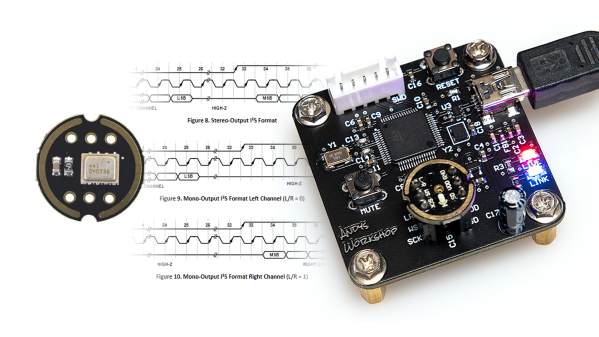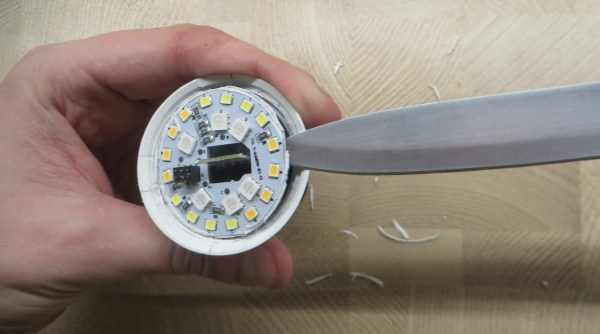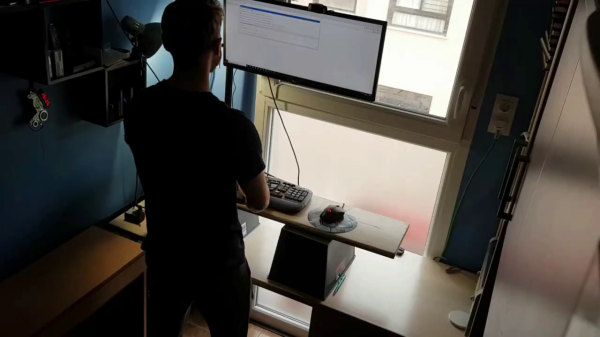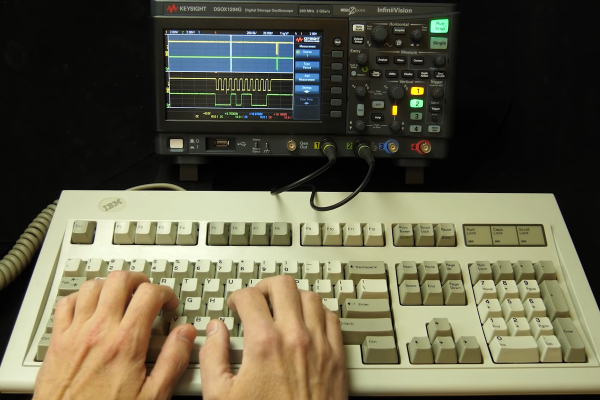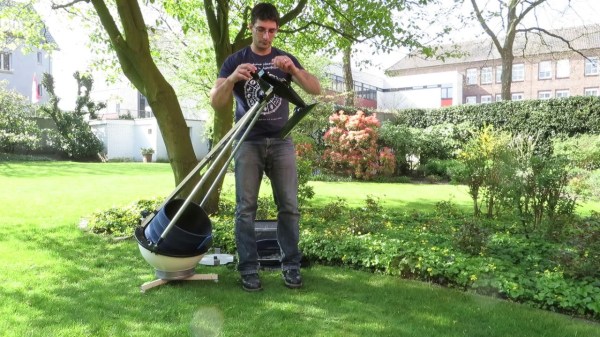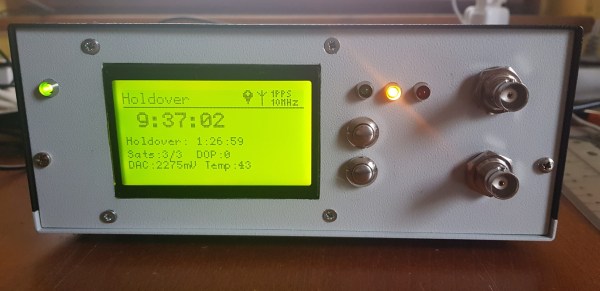Every five years or so, I think it’s time to review my e-mail flow. (Oh no!) I run my own mail server, and you should too, but this means that I get to figure out managing and searching and archiving and indexing it all by myself. (Yippee!)
And I’ll be honest — sometimes I’m a bit of a luddite. I actually, literally have been using Mutt, or its derivative NeoMutt for maybe fifteen years, after a decade or so of mouse-intensive graphical mail readers. If e-mail is about typing words, and maybe attaching the occasional image, nothing beats a straight-up text interface. But what a lot of these simple mail clients lack is good search. So I decided to take that seriously.
Notmuch is essentially an e-mail database. It’s an e-mail searcher, tagger, and indexer, but it’s not much else. The nice thing is that it’s brutally fast. Searches and extraction of tagged subsets are faster than sending the same data back and forth to the Big G, and I have a ton more flexibility. It’s awesome. Of course good ol’ Mutt can work with Notmuch. Everything can. It’s Linux/UNIX. Continue reading “Wreck Your Mail Before You Check Your Mail”


